How It Works

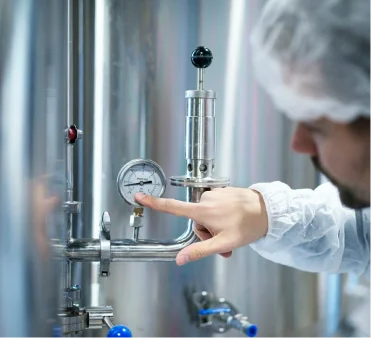
1
Site Assessment and Audit
A thorough assessment of the water treatment plant and
auditing existing equipment, processes, and chemical usage.
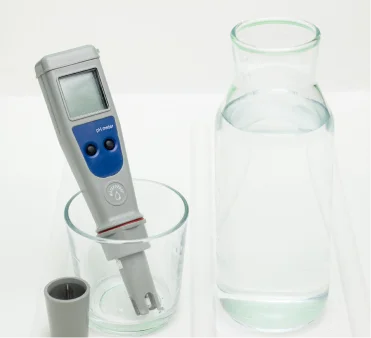
2
Water Quality Analysis
Analyzing the raw water quality to identify impurities and
contaminants.
Conducting tests to determine the specific composition of the
water.
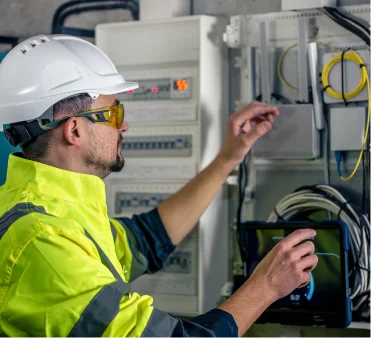
3
Mechanical Optimization
Evaluating and optimizing mechanical equipment, including
pumps, filters, and membranes.
Implementing preventive maintenance programs for
mechanical systems.

4
Operational Optimization
Reviewing and refining operational protocols and procedures.
Providing training to plant operators on best practices.
Implementing process automation and control systems for
efficiency.
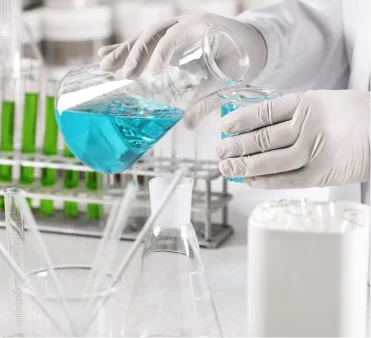
5
Chemical Treatment Optimization
Conducting a detailed chemical analysis of the water
treatment process.
Selecting and optimizing the use of specialty chemicals for
scale prevention, corrosion control, microbial control,
membrane protection, and pH control.
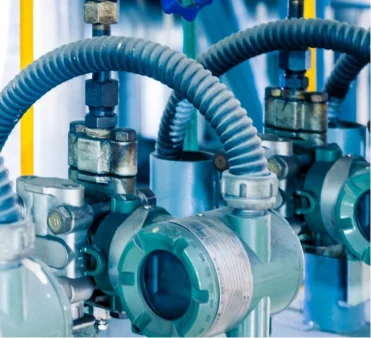
6
Dosage Control and Monitoring
Implementing precise chemical dosage control systems.
Monitoring and adjusting chemical dosages based on real-
time water quality data.
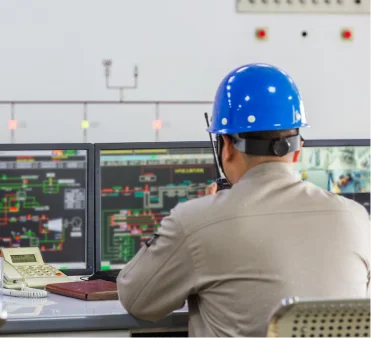
7
Efficiency Monitoring and Reporting
Installation of monitoring systems to track key performance
indicators.
Generation of regular reports on the efficiency of the water
treatment plant
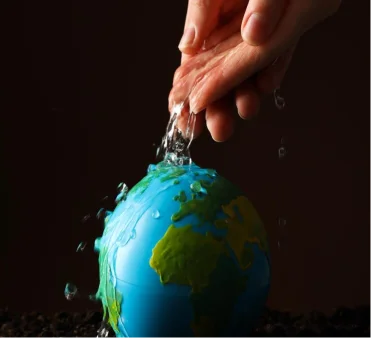
8
Environmental Impact Assessment
Evaluation of the environmental impact of water treatment
processes.
Proposal and implementation of eco-friendly alternatives
wherever possible.

9
Training and Knowledge Transfer
Conducting training programs for plant personnel.
Sharing knowledge on the optimal use of equipment and
chemicals.

10
Continuous Improvement
Establishing a continuous improvement program.
Periodic reviews and refinement of the water treatment
process based on performance data and technological
advancements

11
Regulatory Compliance
Ensuring the water treatment plant’s compliance with relevant
regulatory standards.
Staying informed about and implementing updates to
regulations.


